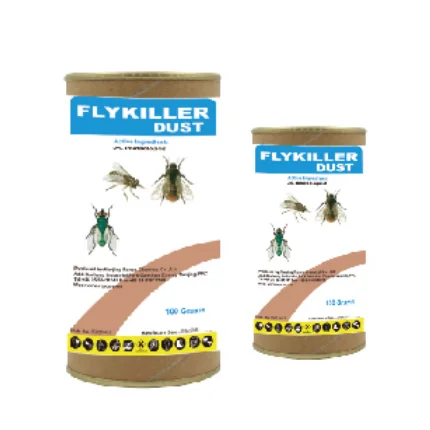Imidacloprid is a neonicotinoid insect spray Those chemicals are intended to kill potentially harmful insects. Imidacloprid kills by attacking the nervous system of bugs, killing them rapidly. The use of this insecticide is known to people even now for more than 20 years - it has been used as one of the world's most popular insect sprays. It's a favorite amongst farmers and gardeners who use it to protect their crops from dozens of different types of pests.
Imidacloprid works wonders in exterminating an array of pests- aphids, termites and beetles to name a few. If not controlled, these pests can wreak havoc in the garden by seriously impacting plant health. Imidacloprid is a great thing in as it lasts so long. Just this fact alone means that it can keep plants safe for weeks, sometimes even months. Since it has such a long half-life, this reduces the amount of spraying needed by farmers. You will be saving them time and money, food growers especially need this.
But as convenient as imidacloprid may be, there are concerns regarding its use (Fig. A second major problem is that it can harm beneficial insects too, like bees and butterflies. Insects like these are vital for pollination and the overall health of an ecosystem. This might be bad and all because this means it has a potential environmental problem. The longer term risk is that imidacloprid bio-accumulates in soil and water, leading to potential damage over time for local ecosystems. Scientists are still working to understand this phenomenon.
The potential for imidacloprid to be safe in ecosystems is very controversial. It can harm bees and other pollinators at low doses of the chemical, some studies have found. However, imidacloprid did not significantly harm in other studies. Imidacloprid effects on the Environment The long term consequences of using imidacloprids are still trying to be understood new finds and different opinions coming from scientists. This is an important question to keep working on so we can determine what will work for plant production and for nature, too.

Imidacloprid has been at the center of one of the fiercest debates when it comes to its impact on bees and butterflies, both pollinators. Although readers may find the behavior of some insects less than lovely, they are essential since they pollinate many fruits and vegetables. However, it is clear that insecticides like imidacloprid can negatively impact these beneficial insects in low doses as well. For those of us who value the environment and good agriculture, this is cause for concern.

Due to these concerns, some countries have decided ban the use of imidacloprid and other neonicotinoid insecticides; such as France (France bans Syngenta pesticide with a link to harm in bees), Canada. Not only on how these chemicals are damaging pollinators and the environment in general. Conversely, some countries such as the United States have been far more circumspect. They have restricted the timing and method for which these insecticides can be applied so that farmers may continue to save their crops but with an awareness of a potential backfire.

In addition, researchers are investigating new technologies. For instance, a more ambitious idea - genetically modified (GM) crops with resistance to pests. The plants in question would be resistant to the bugs, so less chemical insecticides could be used. A bit more innovative is the use of drones that can scout and identify pests in fields. This technology results into enhanced insecticide use efficiency and make it possible to target the pest- infested area resulting in less overall application of chemicals by farmers. But we must keep investing in research and innovation, for insecticides to be used safely on crops yet remain sustainable into the future.
We are always waiting for your consultation.